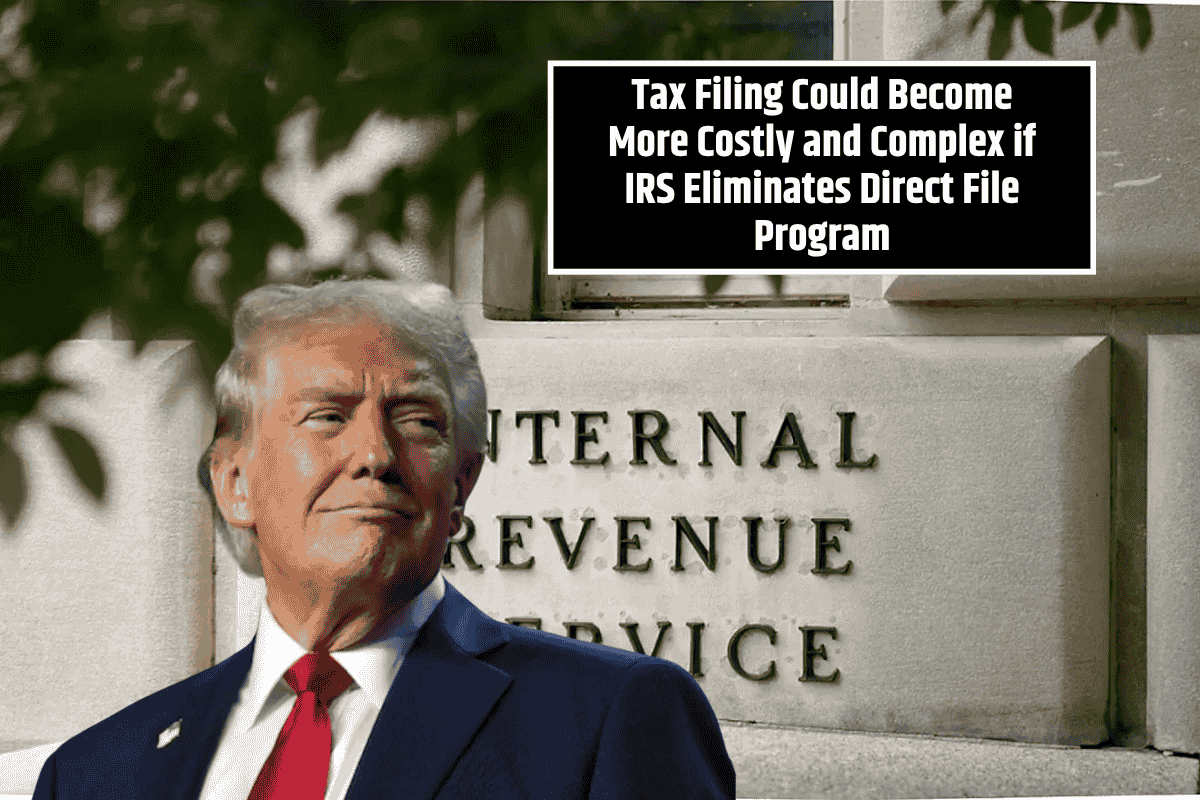The Internal Revenue Service (IRS) has announced plans to end the Direct File program, a free service that allowed taxpayers to file their returns directly with the agency. This decision, set to take effect in 2026, could significantly impact how millions of Americans file their taxes, particularly those with simple tax situations.
What Was the Direct File Program?
The Direct File program was introduced as a pilot in 2024 and expanded in 2025 to 25 states. It provided a streamlined, free method for individuals with straightforward tax situations to file directly through the IRS website.
The Treasury Department reported that more than 30 million people were eligible for the program in 2025, with nearly 300,000 taxpayers using it during the last tax season. Internal IRS reports indicated that 94% of users rated their experience as “excellent” or “above average.”
Why is the IRS Ending Direct File?
IRS Commissioner Bill Long confirmed that the Direct File program would be discontinued after just one full season of use. During a tax professionals’ summit, he remarked that “Direct File is no more” and emphasized his focus would shift to system modernization and more efficient audits.
The decision has sparked criticism from some political sectors who believe the program is unnecessary and too costly. On the other hand, many advocates argue that Direct File democratized access to tax filing by offering a free, simple service, and its removal could disproportionately affect low-income households.
What Alternatives Will Be Available?
While Direct File is set to be discontinued, the IRS still operates the Free File program, where it partners with private companies to provide free services to qualifying taxpayers. However, this system comes with limitations such as income requirements and state restrictions, which makes it less accessible compared to Direct File.
Without Direct File, many taxpayers who previously filed for free might be forced to use paid software or hire professional preparers, adding financial strain, especially for low-income families.
Impact on Taxpayers
The elimination of Direct File could result in increased costs and greater complexity for millions of Americans. Those who once filed their taxes for free might now need to pay for tax preparation services, even if their returns are simple. The simplicity and accessibility of Direct File were highly valued, and its removal could generate distrust and frustration among taxpayers who appreciated its transparent, user-friendly platform.
Without Direct File, the tax filing process in 2026 is expected to be more costly and less accessible for many Americans. While the IRS offers alternatives, none offer the same combination of simplicity, cost-effectiveness, and direct access to the agency’s services.
